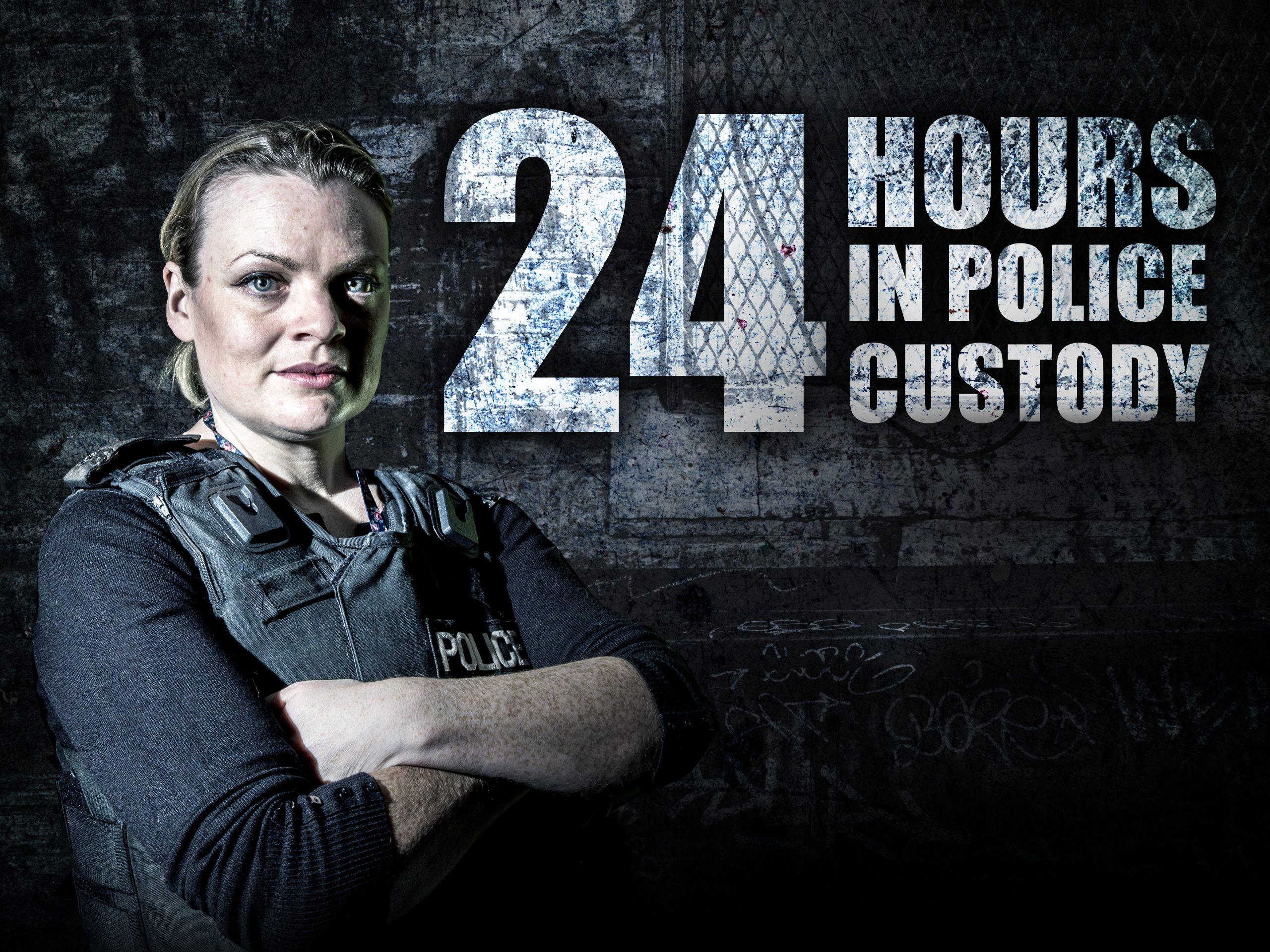Understanding 24 Hours in Police Custody

Introduction
The topic of ’24hrs in Police Custody’ is of profound importance to the legal landscape and public understanding of police practices. As a key aspect of the criminal justice system, the procedures during an initial detention period can influence both the outcome of a case and societal perceptions of law enforcement. Recent events, coupled with a growing demand for transparency, have made it essential to explore what occurs during this critical timeframe.
Key Procedures During Custody
When an individual is taken into police custody, they are typically held for up to 24 hours without charge. This period is governed by strict legal guidelines to ensure the rights of the individual are protected. Under the Police and Criminal Evidence Act 1984, officers are required to adhere to specific protocols regarding questioning, the provision of legal advice, and treatment of suspects.
During these initial hours, police have the opportunity to gather evidence through questioning. It is during this timeframe that initial assessments of the suspect’s involvement in a crime take place, leading to potential charges. However, breaches of protocol can lead to wrongful charges or claims of police misconduct, highlighting the delicacy and high stakes involved.
Impact on Individuals and Society
The implications of a 24-hour detention extend beyond the immediate legal consequences for the suspect. For individuals held in custody, the experience can significantly affect their mental health and social standing. Documented instances reveal that prolonged or abusive treatment during custody can result in lasting psychological impacts.
On a societal level, the public’s perception of police practices is heavily influenced by high-profile cases that highlight abuses during custody. Recent media coverage and documentaries, including those exploring systemic issues stemming from such practices, have catalysed debates surrounding police reform and accountability. Calls for better training for officers, improved facilities, and increased oversight have gained traction among advocacy groups.
Conclusion
Understanding the dynamics of ’24hrs in Police Custody’ is vital for both the protection of individuals’ rights and the integrity of the justice system as a whole. Continued scrutiny and dialogue surrounding police procedures can lead to necessary reforms, ensuring that individuals remain protected against potential abuses during this pivotal time. As awareness grows, it is crucial for readers to remain informed about their rights and the standard procedures that govern police custody, fostering a more educated and engaged public.
